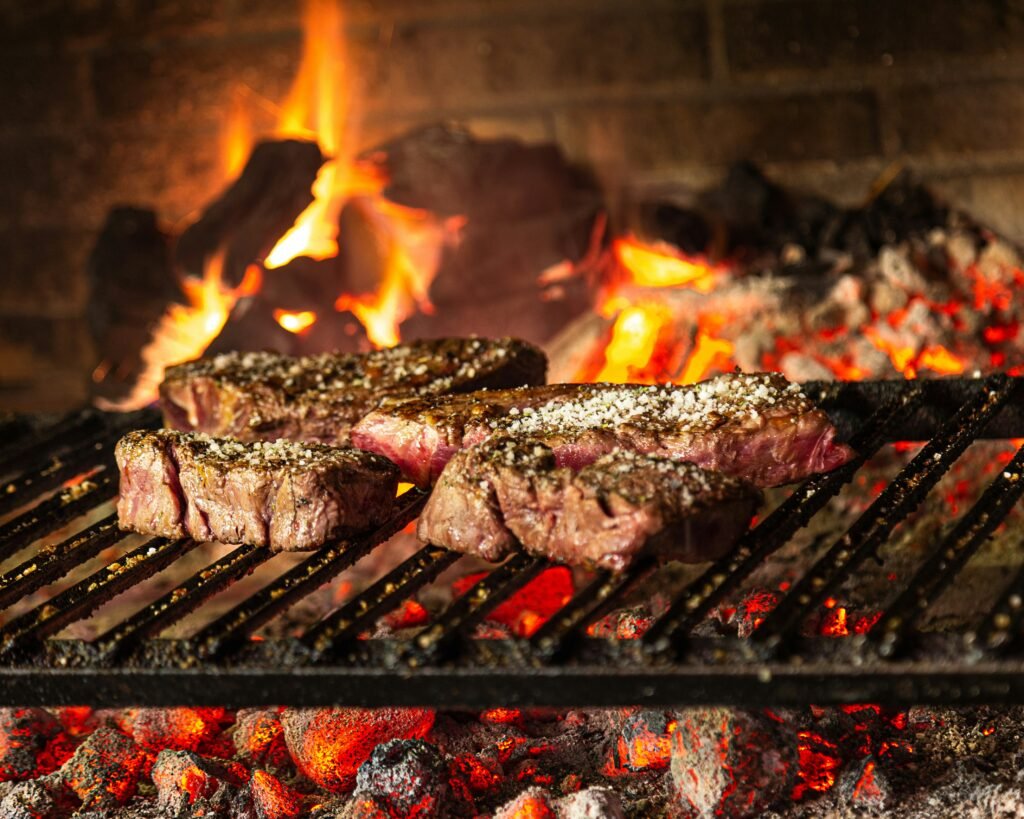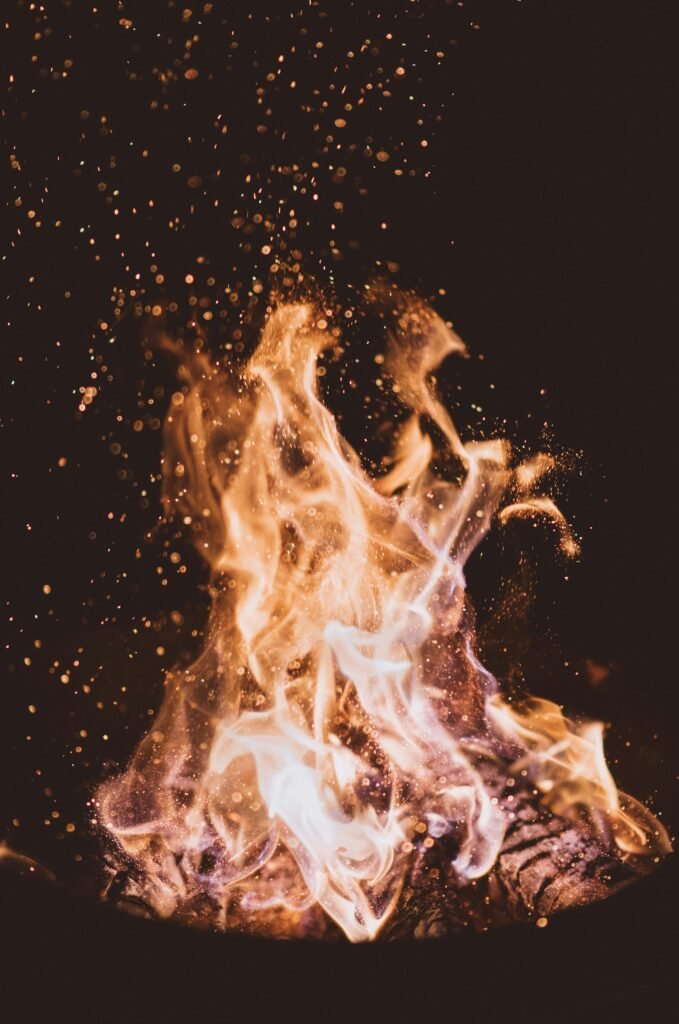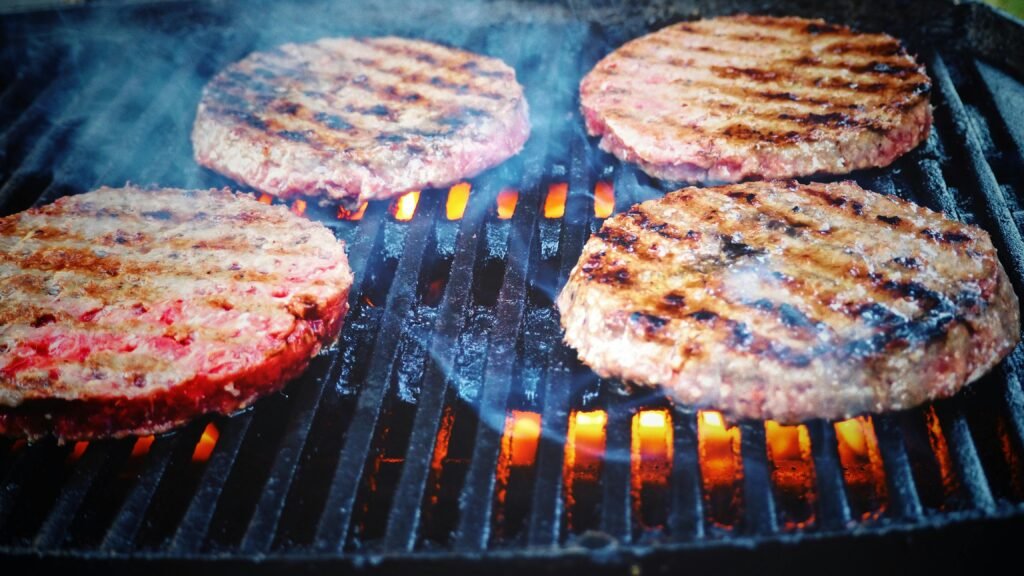Have you ever found yourself wondering about the secrets behind a perfectly smoked brisket? Let’s face it, the world of smoked foods holds a certain allure—an aromatic, flavorful universe that beckons us with its promise of melt-in-your-mouth tenderness and a rich, smoky flavor profile. Today, we’re going to embark on an adventure into the heart of this universe, unraveling the nuances of crafting the ideal smoked brisket recipe. We’ll journey through every aspect, from selecting the perfect cut of meat to ensuring a deliciously satisfying end result that even a Texan pitmaster would approve of.
The Brisket: A Love Story
Before jumping into the recipe, let’s have a little heart-to-heart about brisket itself. This isn’t just any cut of meat; it’s a story of perseverance and character. When correctly cooked, brisket transforms from a tough cut to something quite extraordinary.
What Is Brisket, Exactly?
Brisket comes from the lower chest area of beef, near the front leg. This well-exercised region can be somewhat tough due to the connective tissue, but it also brings a ton of flavor, especially when slow-cooked. Because it’s the animal’s working muscle, it benefits from long, slow cooking processes like smoking.
Selecting the Right Brisket
Finding the right brisket is akin to choosing a good book—go for something with substance that will hold your attention. Look for briskets with a good fat cap, as it bastes the meat during the smoking process, keeping it moist and tender. When shopping, people often find themselves pondering whether to opt for a smaller flat cut or a full packer brisket. The answer lies in how many hungry souls you’re feeding. If it’s a big gathering, go for the full packer!
Preparing the Brisket For the Big Smoke
So, we’ve chosen our brisket. What’s next on our culinary voyage? Preparation is where the magic begins. A well-prepared brisket is like a blank canvas—full of potential.
Trimming the Brisket
Trimming is all about balance. We want enough fat to keep things juicy but not so much that it overpowers the flavors. Aim for about a quarter-inch of fat cap and trim away any silver skin. It’s therapeutic, like playing barber to a robust cut of meat.
The Rub: Our Bold Flavor Partner
The rub is where the brisket begins to shine. Combining salt, pepper, garlic powder, onion powder, paprika, and cayenne creates a rub that dazzles the taste buds without stealing the show. Some folks like to add a dash of sugar or ground espresso for extra depth—just don’t go too wild. The goal here is to embellish, not overwhelm.
| Ingredient | Amount |
|---|---|
| Salt | 2 tablespoons |
| Black Pepper | 2 tablespoons |
| Garlic Powder | 1 tablespoon |
| Onion Powder | 1 tablespoon |
| Paprika | 1 tablespoon |
| Cayenne Pepper | 1 teaspoon |
Applying the Rub
Applying the rub is like getting your brisket dressed for a night out. Rub the mixture generously over the brisket, ensuring every nook and cranny is covered. Let it rest awhile, giving the flavors time to settle in. This is the brisket’s beauty sleep, and we wouldn’t dream of rushing it.

This image is property of images.unsplash.com.
The Smoking Process: Romance in Fire and Flavors
This part might seem a bit daunting, like trying to perfect a soufflé on the first go. But fear not, friends. Smoking a brisket is an art that is as much about the journey as it is about the destination.
Setting Up the Smoker
Setting up your smoker is like assembling a magic trick—get it right, and the rewards will astound you. We aim for a temperature range of 225°F to 250°F using indirect heat. For that classic smoky vibe, use chunks of wood such as hickory or mesquite, which infuse the brisket with their unique aromas.
The Placement Conundrum
Place your brisket fat-side up in the smoker. This allows the fat to naturally baste the meat as it melts, creating layers of flavor akin to a masterfully crafted story. Remember to have a mix of enthusiasm and patience—good things come to those who wait.
Keeping an Eye on Temperature
Here’s where a digital probe thermometer becomes our trusty sidekick. Insert it into the thickest part of the meat and monitor it over time. We’re aiming for an internal temperature of 195°F to 205°F. This might take anywhere from 10 to 14 hours, depending on the size of your brisket. Yes, it’s a marathon, not a sprint.
The Texas Crutch (Wrapping the Brisket)
Call it a brisket’s warm blanket if you will. Wrapping the brisket in butcher paper or aluminum foil helps it power through its infamous “stall” phase, where temperatures flatline. This technique speeds up the cooking and prevents the brisket from drying out.
The Rest Phase: Patience is a Virtue
Once the brisket reaches the magic internal temperature, resist the urge to dive right in. Let it rest! Resting allows juices to redistribute throughout the meat, making every cut as rewarding as the first.
How to Properly Rest the Brisket
Wrap the cooked brisket in a towel and place it in a cooler, where it can sit for up to an hour. This waiting period allows the fibers to relax, tenderizing the meat further — a crucial but often overlooked step.

This image is property of images.unsplash.com.
The Grand Reveal: Time to Slice and Serve
Now comes the moment of truth when our patience and culinary prowess pay off. Slicing brisket is like cutting into a congrats cake—you want controlled, even slices to maintain structure and flavor.
Slicing the Brisket
Slicing against the grain is key; it results in tender bites. Start with the point end and transition to the flat end. Each slice should be roughly a pencil’s thickness, ensuring you savor that perfect balance of bark, fat, and tender meat with every bite.
Serving Suggestions
Creating an ensemble cast on our plates, think of sides like coleslaw, baked beans, or cornbread. These classic complements play supporting roles without overshadowing our brisket star.
Troubleshooting: When Things Don’t Go As Planned
Even the most seasoned among us run into a brisket mishap once in a while. It’s part of the learning curve and can be just as educational as it is frustrating. Let’s talk about how to handle those brisket blunders.
Dry Brisket
A dry brisket can be a letdown, but it’s not the end of the world. Next time, keep a closer eye on the resting phase—perhaps wrapping it tighter or lengthening the resting time. If you’re facing a dry brisket now, consider saucing it up with a favorite BBQ sauce for added moisture.
Brisket Not Tender
If the brisket isn’t as tender as you’d hoped, it might need more time in the smoker. Next time, double-check the internal temperature and aiming for that golden zone of 195°F to 205°F can be a game-changer.
Flavor Imbalance
Finding the flavor isn’t layered to your liking can happen when experimenting with rubs and wood types. It’s a learning process, much like discovering our favorite novel genres. Adjust the amount of salt or pepper in the rub next time, or try mixing wood chips for a new flavor experience.

This image is property of images.unsplash.com.
The Art of Smoking: Patience and Practice
Conclusively, the art of smoking a brisket is a marriage of patience, practice, and a little bit of magic. Like a well-wrought narrative, every element plays its part, bringing texture and taste together for a truly delightful experience. So, let’s keep honing our brisket-making skills and continue basking in the satisfaction that comes from sharing such a relish-worthy creation with those we care about.
Thank you for journeying with us through this smoked brisket odyssey. May your future briskets unfold with robust flavors, tender slices, and the kind of satisfaction that can only come from something you’ve lovingly crafted yourself. Until our next smoking session, happy cooking!



